Last July, 29 I covered leg of Al Di Meola’s tour taking place in Abruzzo —my home region— for a magazine I work for.
For once, I could have accepted an assignment even if I wasn’t getting paid. As a musician, I wore out Di Meola’s vinyl records until they fell apart, and then I met him over twentyfive years ago when I worked as his interpreter for the organiser of one of the concerts of the World Sinfonia Tour, which marked the acoustic turning point after epic electric albums such as Elegant Gypsy, Casino and Electric Rendez-Vous. Thus, work aside, it was great to meet him again and have a chat, even though he obviously couldn’t remember anything about that encounter.
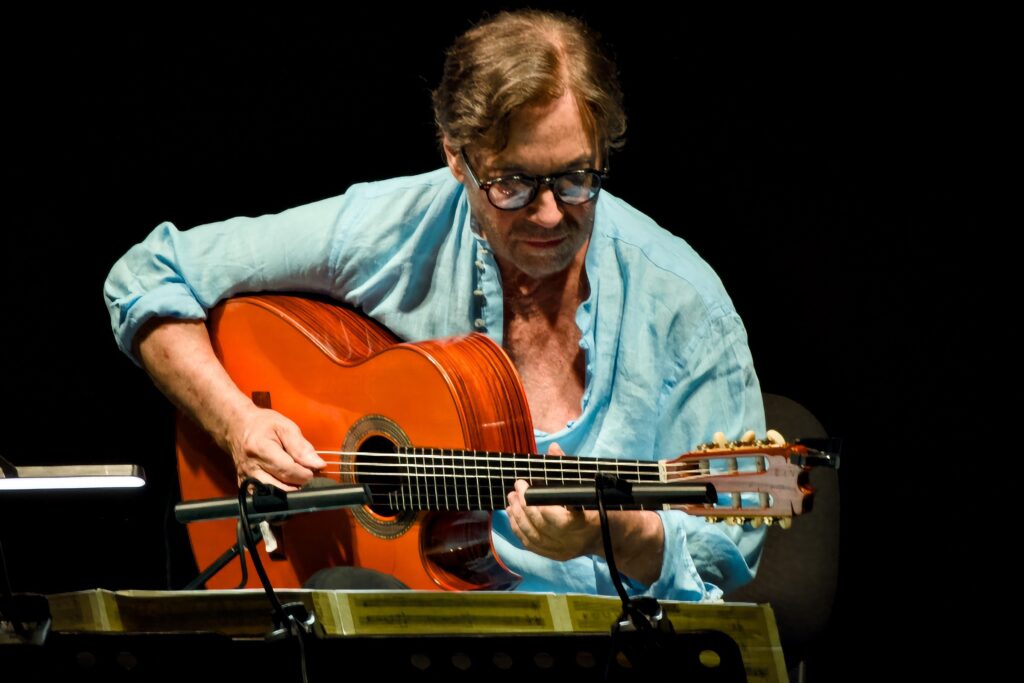
He played in a trio with Peo Alfonsi, a musician from Sardinia, Italy, as the second guitar
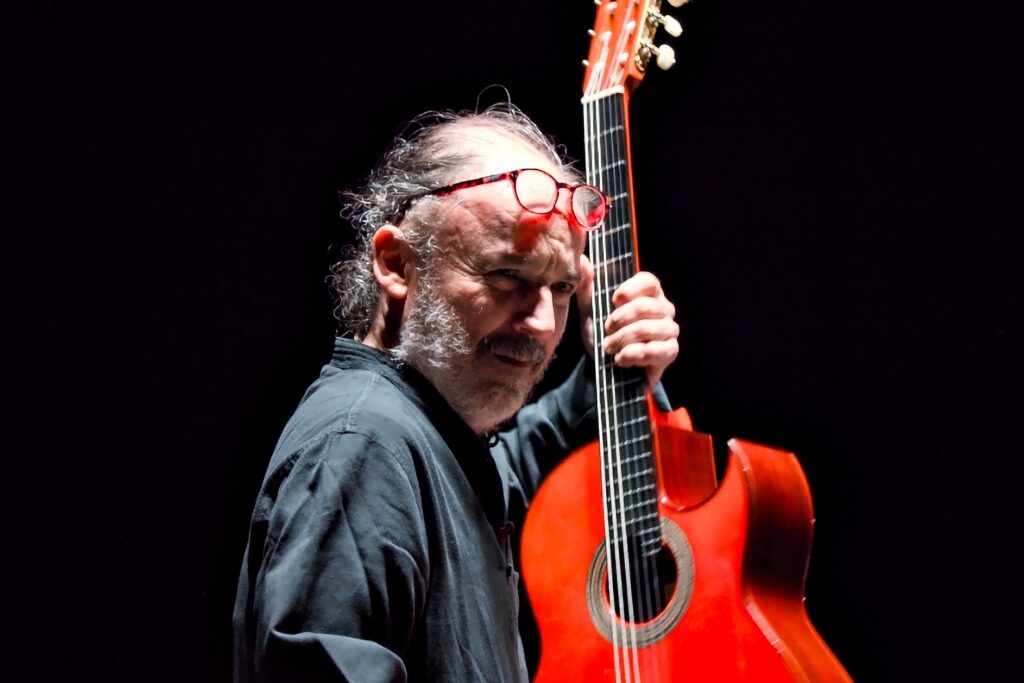
and with Sergio Martinez, drummer and percussionist
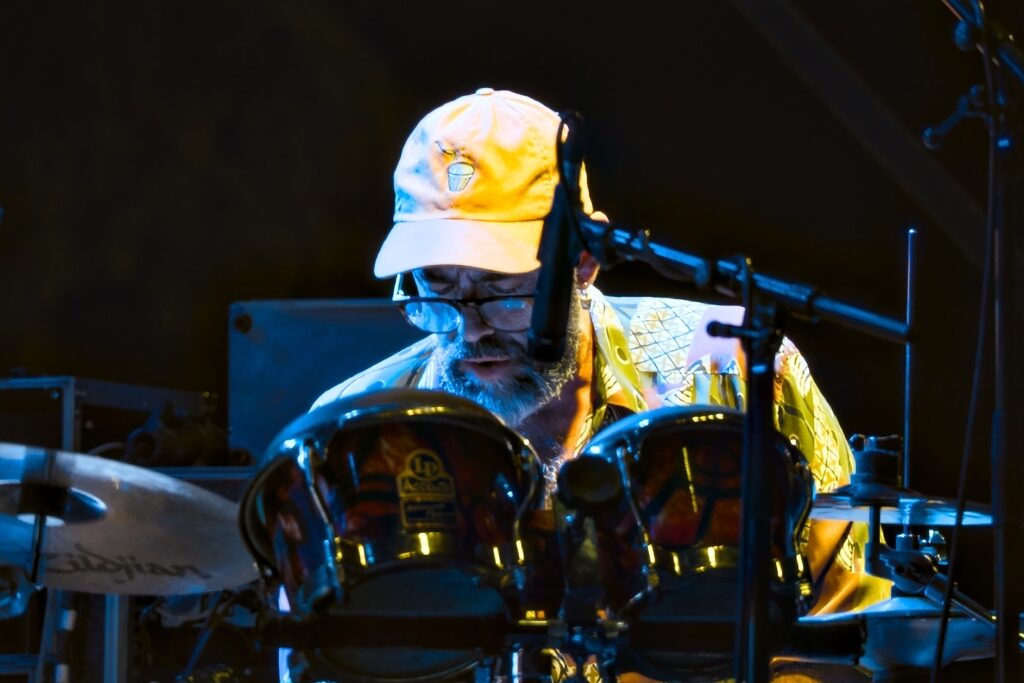
The set was essentially acoustic, and loosely latin-inspired, although Di Meola’s signature’s guitar synth sound and his peculiar way to be in and out the tempo make it challenging to categorise his music into a specific genre.
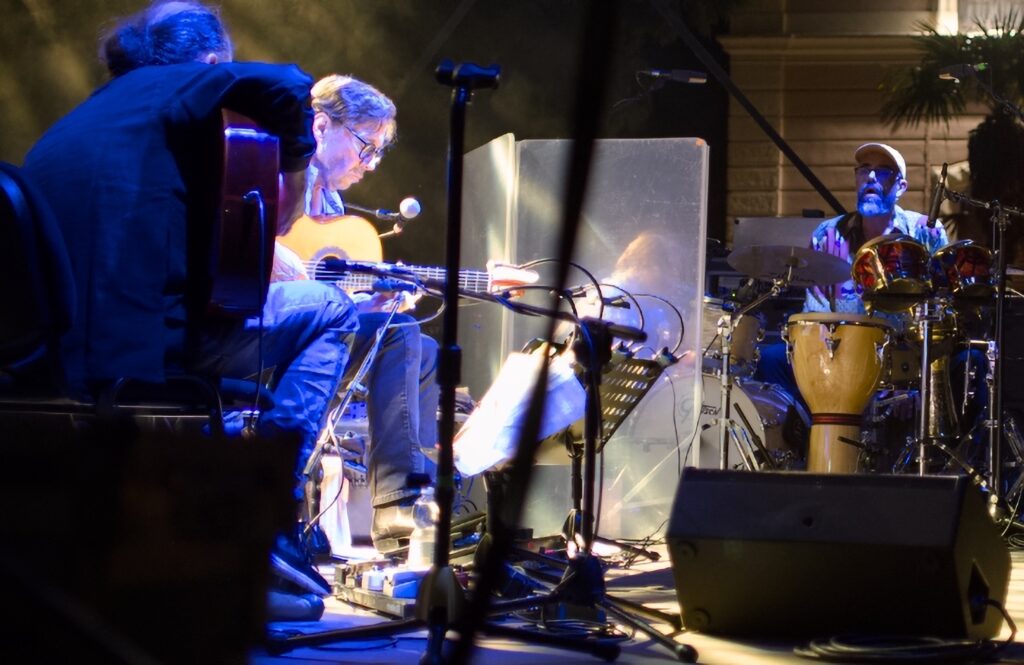
The possibility to stay close to the musicians offers a number of creative possibilities. However this is the most critical place to be, for you are between a rock (the public) and a hard place (the stage). In this case, situational awareness is a mandatory mindset to avoid unnerving the audience whose view might be obstructed by your presence and – first and foremost – the players. Indeed, it is not uncommon for them to blame people who jeopardise the performance, be them bad-mannered smartphone addicted under withdrawal symptoms, or sneaky photographers who break any professional etiquette or unwritten rules to take a shot.

Shooting from the side of the stage is a tough job, especially when the musicians are seated and/or the stage is stacked with cabinet, effects, mixers and other live performance gear. Yet, there are always opportunities to catch for those who can spot some unusual compositions, shuch as this one
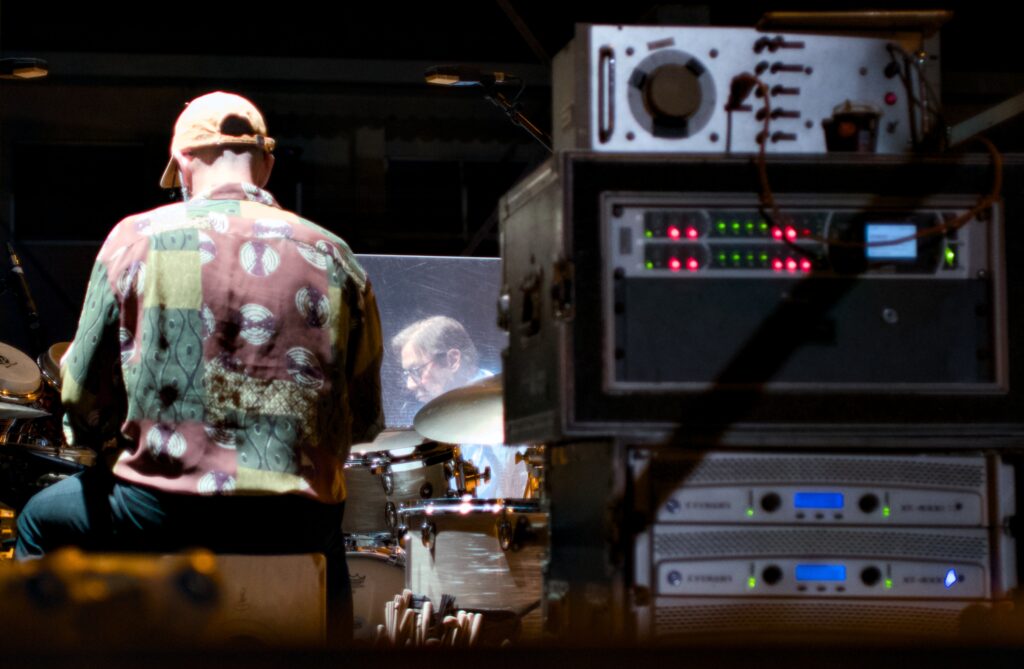 Another option is to —literally— shift the focus from the musician to the crew:
Another option is to —literally— shift the focus from the musician to the crew:
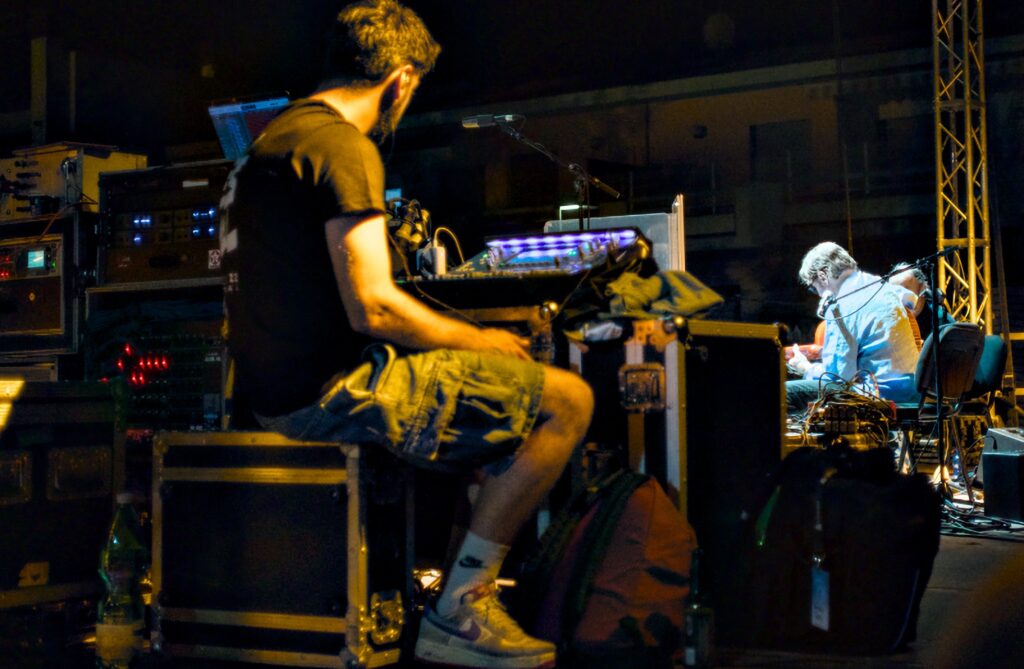 Speaking of composition, this photo exemplifies how props can be transformed from a problem into a classic ‘opportunity’. The transparent panel, used to contain the soundwaves generated by drums and percussion, typically jeopardises the possibility of shooting a group photo, as the drummer invariably appears as someone who does not quite belong. However, by reframing the context of the composition through careful positioning, the panel becomes a visual separator between two musicians who are, nonetheless, interacting. Extending this metaphorical interpretation of the image, one could argue that it is precisely the barrier that makes the interaction possible.
Speaking of composition, this photo exemplifies how props can be transformed from a problem into a classic ‘opportunity’. The transparent panel, used to contain the soundwaves generated by drums and percussion, typically jeopardises the possibility of shooting a group photo, as the drummer invariably appears as someone who does not quite belong. However, by reframing the context of the composition through careful positioning, the panel becomes a visual separator between two musicians who are, nonetheless, interacting. Extending this metaphorical interpretation of the image, one could argue that it is precisely the barrier that makes the interaction possible.
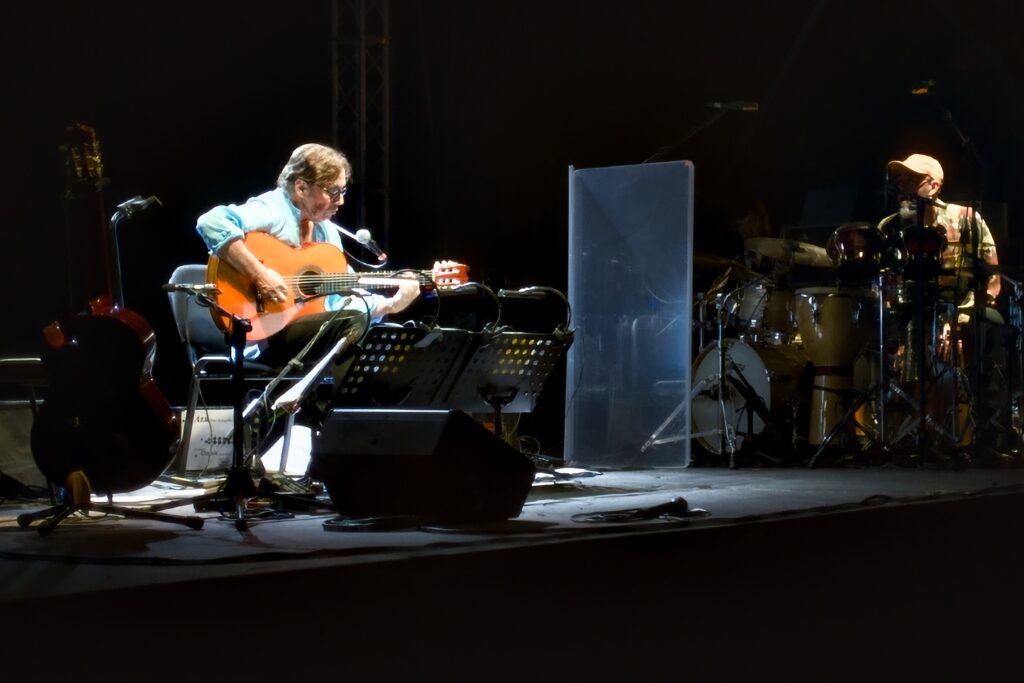
The ‘farewell shot’ is an essential part of concert and theatre photography. This is the moment where all the stress and tension of the performance kick in, together with the sense of accomplishment for a successful performance. This is the moment when the true nature of an artist is revealed. It is when, sometimes, humanity appears behind the facade of stellar and super-human capabilities.
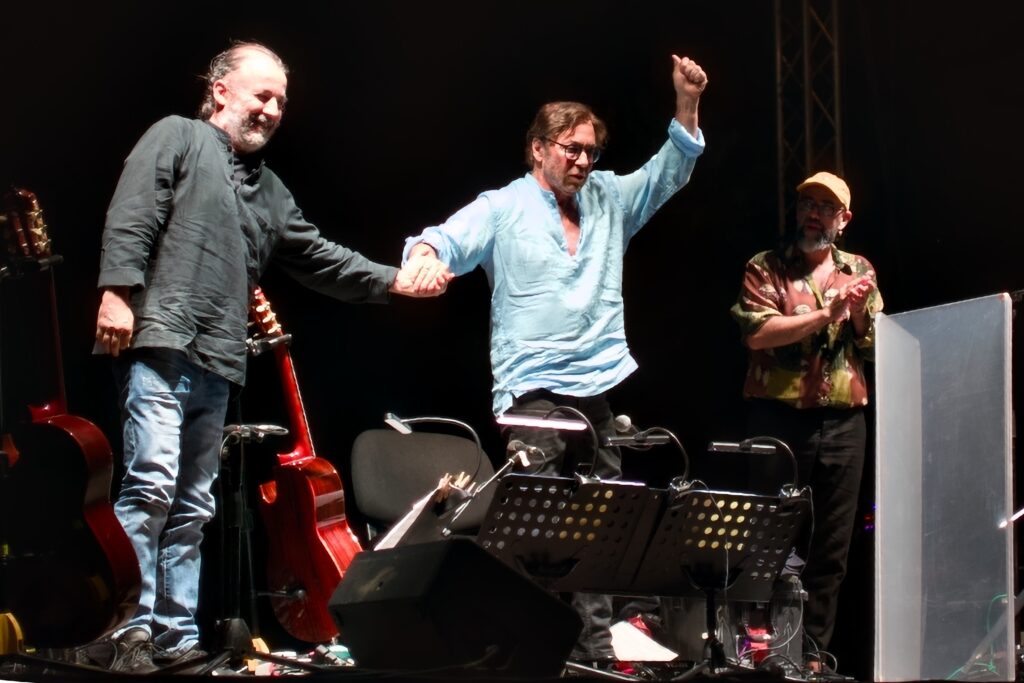
For this assignment I used a Fuji X-T5, a Fujinon XF 150-600 and a Zeiss Touit 32/1,8 —one of my favourite X-mount lenses. The kit worked fine, never missed a shot and allowed to take very good quality pictures.
Share this post:
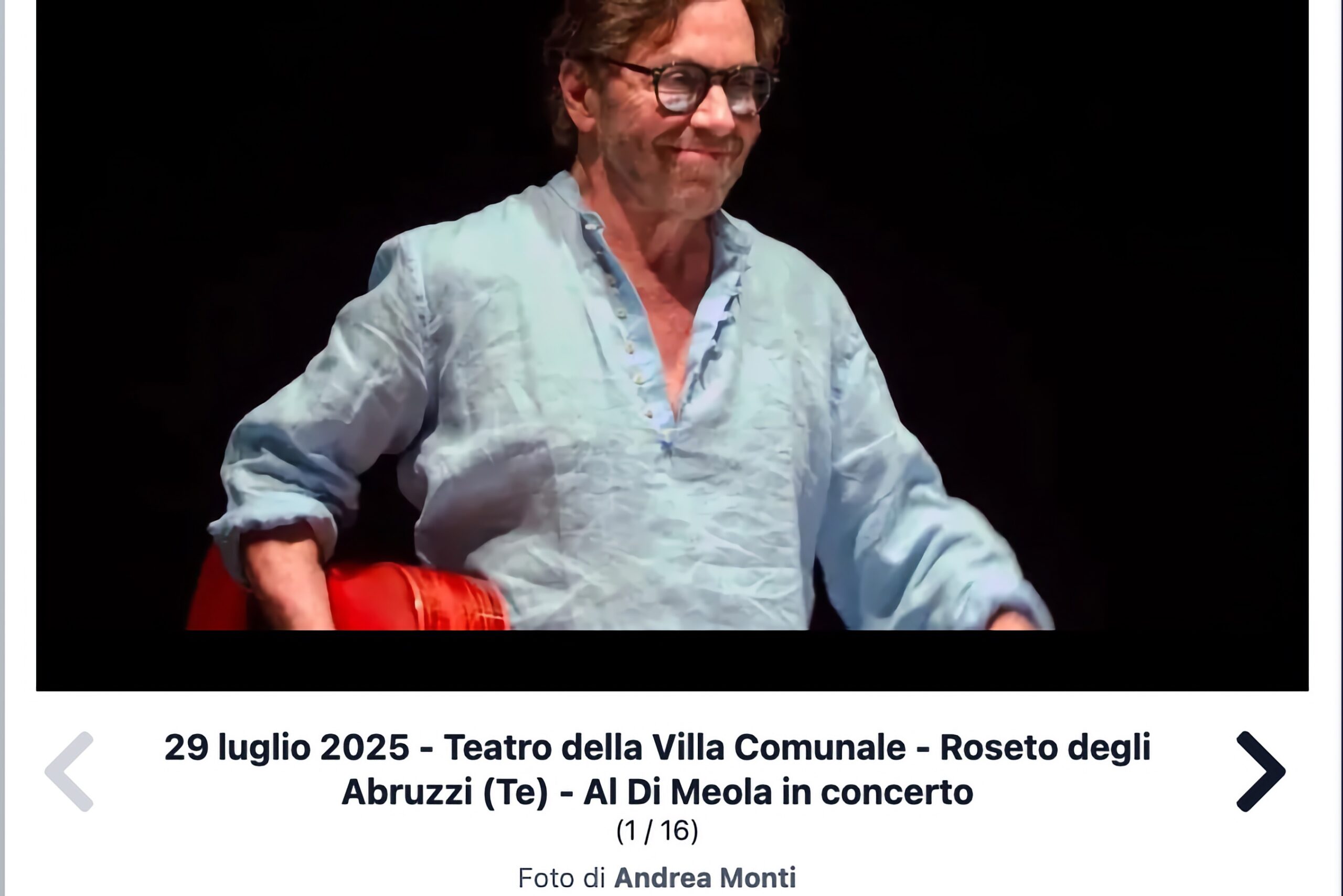


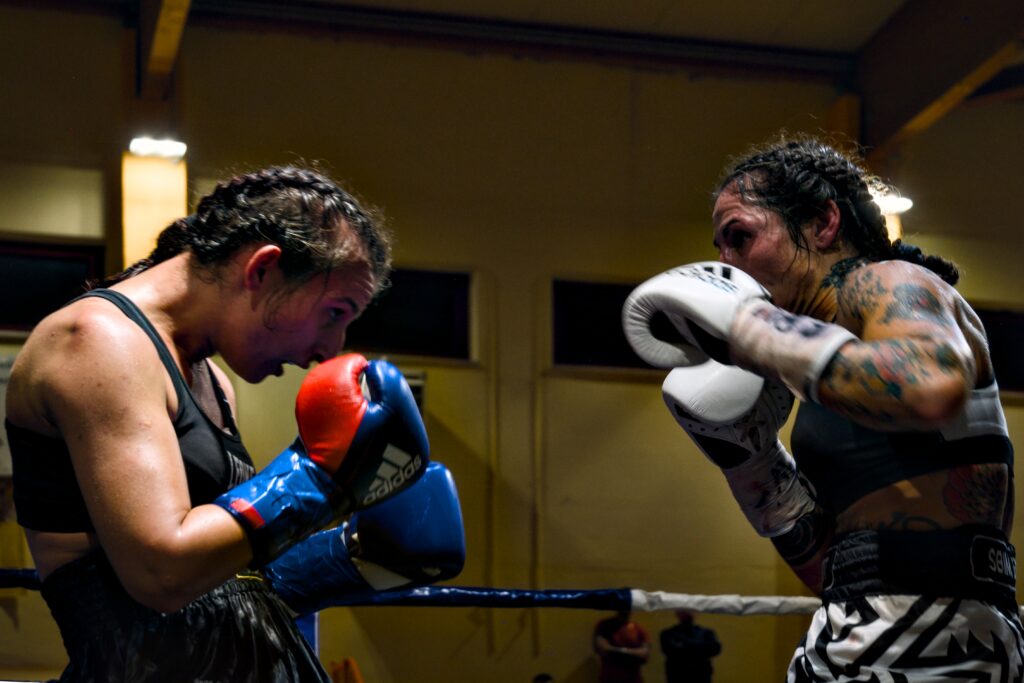
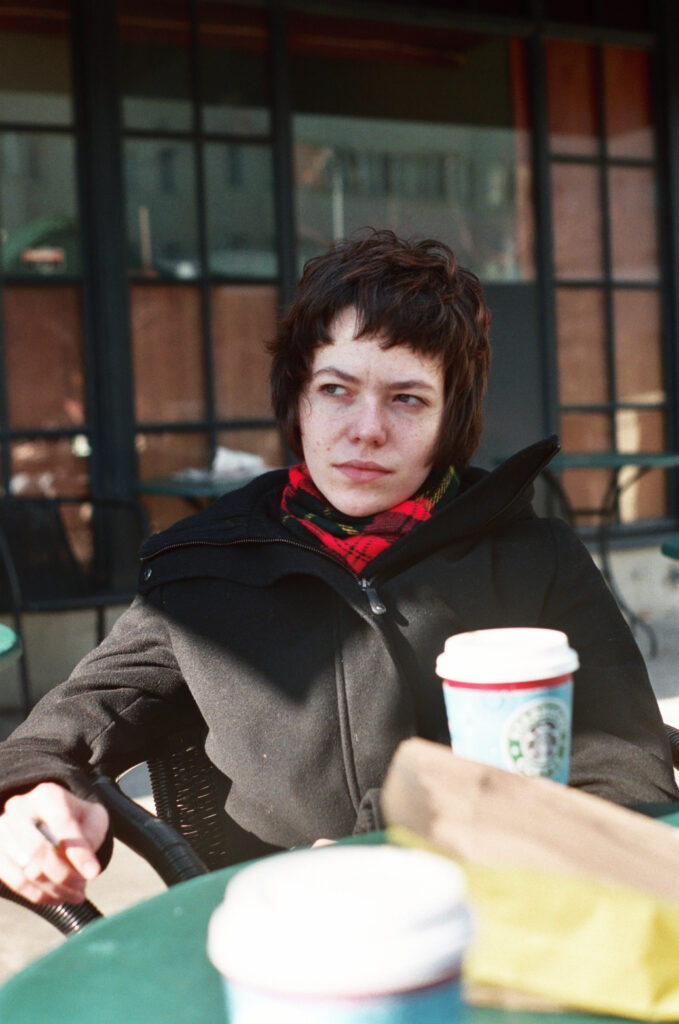
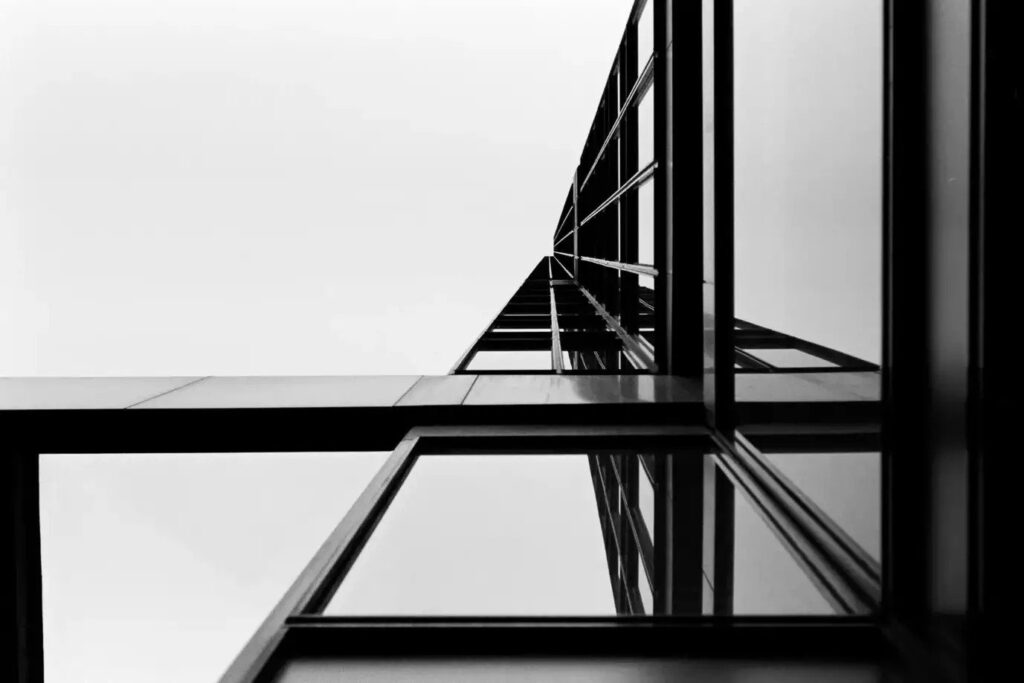


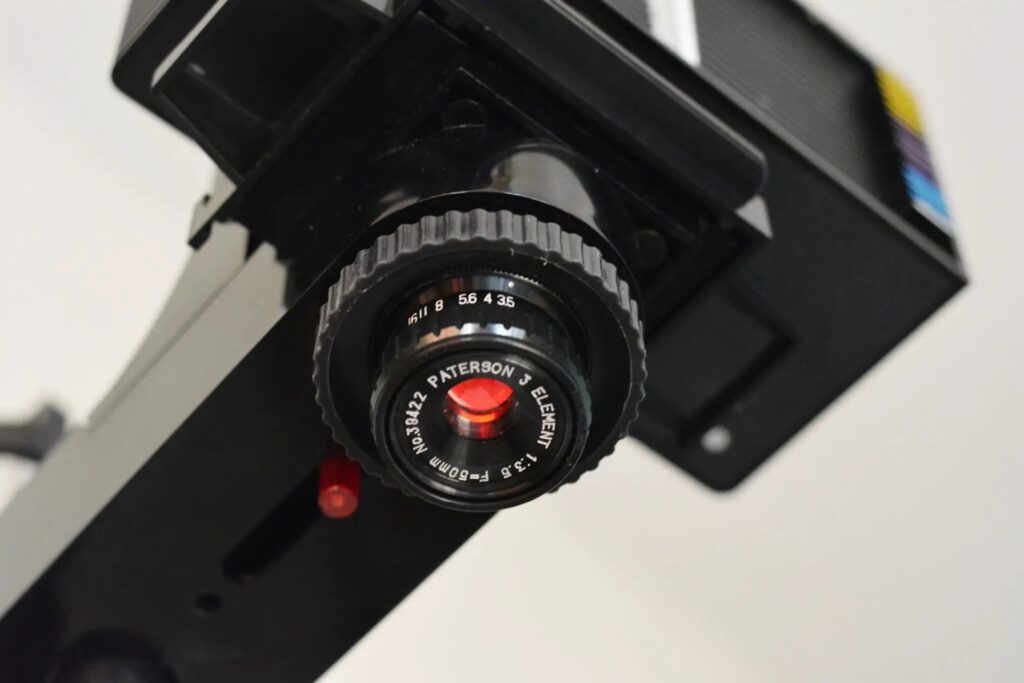
Comments
Sergio Palazzi on Shooting the Al Di Meola Trio live. More a pleasure than an assignment
Comment posted: 16/08/2025
Gary Smith on Shooting the Al Di Meola Trio live. More a pleasure than an assignment
Comment posted: 16/08/2025
Must have been a great evening Andrea!
Thanks for sharing it with us.
Ibraar Hussain on Shooting the Al Di Meola Trio live. More a pleasure than an assignment
Comment posted: 16/08/2025
Didn't he play some concerts with the late Paco de Lucia?
Kevin Lord on Shooting the Al Di Meola Trio live. More a pleasure than an assignment
Comment posted: 16/08/2025
Jeffery Luhn on Shooting the Al Di Meola Trio live. More a pleasure than an assignment
Comment posted: 17/08/2025
Comment posted: 17/08/2025
Art Meripol on Shooting the Al Di Meola Trio live. More a pleasure than an assignment
Comment posted: 17/08/2025
Adrian on Shooting the Al Di Meola Trio live. More a pleasure than an assignment
Comment posted: 20/08/2025
To see a living legend like him play live, you're lucky,
Great schoot btw